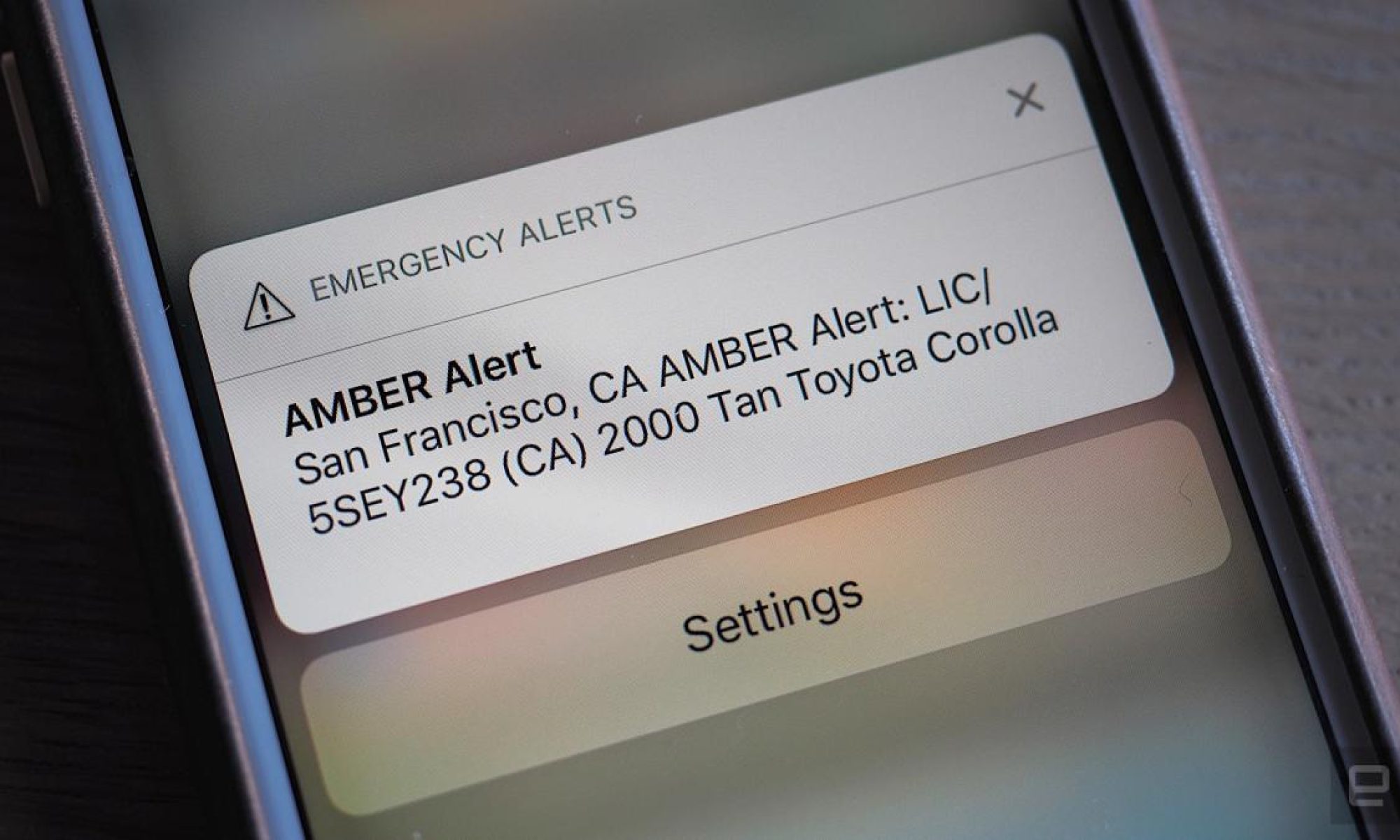This week I worked with Eric and Tzen-Chuen on the final presentation. I specifically focused on adding the testing metrics/results and some of the design tradeoffs, as well as working on polishing the presentation throughout. I was the presenter this time, so I also spent time practicing my presentation and delivery. In addition, we have finished testing multiple aspects of our system, most notably the webcam and our ML models. Our results when running inference with our ML models were pretty terrible with the webcam, but performed very well in comparison with images of ideal quality (iphone 13 camera). Therefore we knew quantitatively that the webcam was unsuitable, so instead of waiting for the raspberry pi camera module 3, I ordered a replacement camera: the Arducam IMX519 Raspberry Pi camera. This camera is a higher quality at 16MP compared to the camera module 3, has autofocus, and has a sufficient FOV, but does not have IR capabilities since I was not able to find an IR raspberry pi camera with a fast enough delivery time. This camera arrived a few days later. I confirmed that it works, and updated the code to use this new camera.
My progress is on schedule. By next week I hope to have completed all the deliverables for this capstone project as well as finish testing this backup camera that we will use as our main camera going forward.
